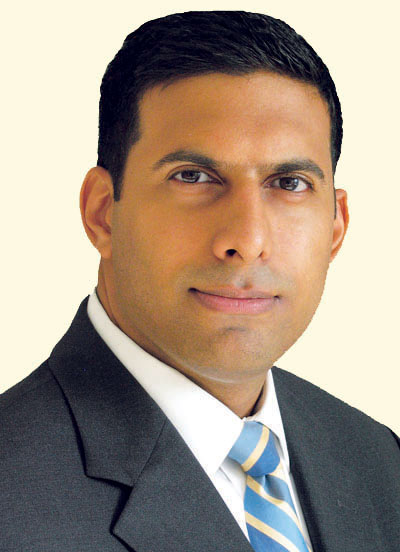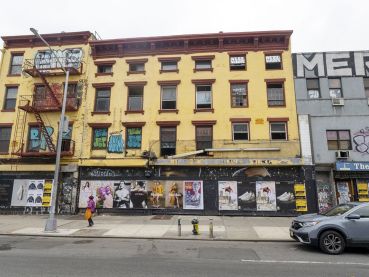During his State of the Union address last week, President Obama pushed for renewed investment in the country’s weakening infrastructure.
In the ranking of proposals making the rounds in Washington, this one falls low on the scales of partisanship. Party ideologies aside, the quiet majority in Congress stands to benefit from a program that would see new spending reach virtually every district in the nation. If there is one arena in which policy makers’ individual incentives might trump doctrine, this could be it.
 There is nothing new about the infrastructure debate. In both the public and private spheres, there is fairly broad agreement that our roads, bridges, ports and power grids are not keeping pace with our national ambitions. If that consensus has been met with inaction, it’s because the costs of reversing years of neglect are rightly seen as enormous, and because there is no agreement at all about how to pay for the solutions.
There is nothing new about the infrastructure debate. In both the public and private spheres, there is fairly broad agreement that our roads, bridges, ports and power grids are not keeping pace with our national ambitions. If that consensus has been met with inaction, it’s because the costs of reversing years of neglect are rightly seen as enormous, and because there is no agreement at all about how to pay for the solutions.
Is there an infrastructure crisis in America? The commercial real estate powers are generally proponents of investment, but that doesn’t mean it’s good public policy. If you’ve ever checked into one of New York’s airports, driven across the Tappan Zee Bridge or had occasion to board the F line, the answer seems as obvious now as it was a decade ago.
But anecdotal evidence can play both ways. If the sum total of your exposure to New York’s transit system is a bird’s-eye view of Fulton Center, the idea of underinvestment might seem absurd.
From an economic vantage point, the litmus test for infrastructure investment must be the value we get from spending increasingly scarce resources. Whether it’s framed in terms of a generational investment in high-speed rail or a business improvement district’s plans to deploy public wireless Internet access, will the dollars spent make us that much more productive? Andy Haughwout at the New York Fed put it this way in an analysis that followed the September 11 attacks:
“[W]hile the benefit of some public works can hardly be disputed, a key policy issue is whether additions to our stock of public infrastructure provide overall benefits that exceed their costs.”
If you’re so inclined, Mr. Haughwout’s work offers a cogent assessment of the dimensions of the economic analysis. For practical purposes, I would argue that the political bar should be set high in making a determination; there are simply too many priorities exerting demands on the nation’s purse and too many distortions from further revenue-raising.
In a 2011 report on the state of the nation’s infrastructure, the American Society of Civil Engineers estimated that its current state of disrepair costs us $129 billion each year in lost productivity. Moreover, the report posits that the costs will increase exponentially if steps are not taken to avert further deterioration. Maybe. Without an abundance of bridge collapses in the evening news, arguments about whether disaster is imminent will persist. Like so many of our nation’s problems, the gradual erosion of our position does not elicit a response; only an immediate crisis jars us from complacency.
The weight of economic and policy analysis lends itself to ramping up our infrastructure investment. A 2011 discussion paper from the Hamilton Project at the Brookings Institution coined the phrase “Fix It First, Expand It Second, and Reward It Third,” as a means of addressing “a prioritization of new projects over care for existing infrastructure.”
The Treasury Department, along with the Council of Economic Advisers, issued its own report last March. Defenestrate both and you will still find someone to argue that underinvestment is undercutting our economic competitiveness.
Suppose the arguments hold sway: how to pay for it all in an era when government largesse is seen as stifling innovation and growth? The National Infrastructure Bank is one possibility. Another is Build America Bonds, though these would compete for investment in other risk-free assets if issued in sufficient quantity. Public-private partnerships sound like the smart solution but have been disappointing in practice.
Whichever it is, doing nothing is the worst of all options for the country’s future.
dsc@chandan.com
Sam Chandan, Ph.D., is president and chief economist of Chandan Economics and an adjunct professor at the Wharton School.


